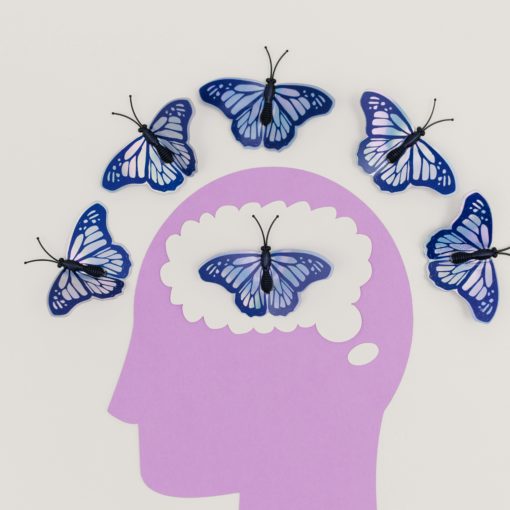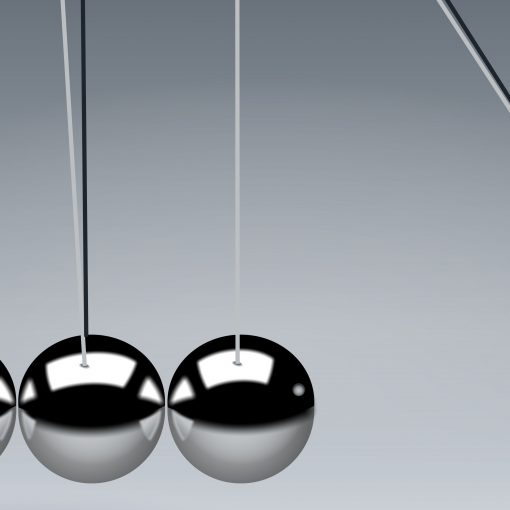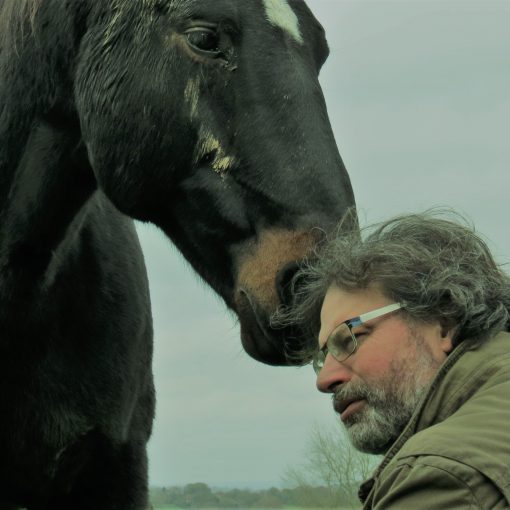I first read of Plato’s “the allegory of the cave” in The Republic, when I was in my 20’s. To be frank it was a stretch to comprehend. Now increasingly close to 60 it is beginning to make a little more sense to me.
Without trying to recreate the detail of the argument here (link to Wikipedia for those interested), I just want wanted to use it a launch point for this blog. In essence the allegory is about how we perceive the world, and how we create patterns and beliefs about everyday life that are framed on these experiences.
The key takeaway is that there is no way of knowing if the patterns and beliefs created from our experience are actually correct (in Platos’s allegory they are not, they are but shadows cast on a wall). But for the inhabitants of the cave they are articles of absolute faith.
The cave dwellers each see the shadows and process that information and in so doing the form their own interpretations of reality. In communicating these observations and ideas with each other and in exchanging their ideas, a group think is slowly established which slowly then strengthens with each observation and retelling.
Before we know it we have shaped the culture of the cave-people, a culture which they will ultimately defend to the hilt.
The real challenge comes when some external visitor joins them from outside the cave, and tells them their vision is wrong and that actually there is colour and three dimensional form, and living flora and fauna, beyond the constrained reality of the cave.
Cultures have emergent properties beyond the sum of their parts – intrinsically they will then protect and defend themselves, and the members of that culture become its (often unconscious) foot soldiers. The cave culture strongly resists this idea of a rich and real outside world, and doubles down on the idea that their own two dimensional shadow space is the only reality.
The Cave in the Mind
I have borrowed this title from a Chapter in David Lewis Williams’ The Mind in the Cave because it brilliantly spoke to me about how we constrain our experiences within our beliefs and cultures. We are perceiving the world through the shared hallucinations of our culture, be that our religions, our political tendencies, our nations, our families or even the economies. Within the framework bounded by its social rules and conditions.
These cultures are often shaped by the binary decisions that define inclusion or exclusion from them. Are you with me or against, do you agree with me or not? How many of our definitions of the world are formed by this. A simple example, I spent most of my life in South London; ask any North Londoner about how they feel about crossing the river (Thames) and you will see my point.
Richard Strozzi-Heckler in his model of somatic transformation talks about our “Shape”. This is not a physical statement of tall on short, thin and larger, but a definition of how we have become who we are. It is about how interactions with the others and the world around us creates the framework which shapes our beliefs and behaviours.
Somatic work helps us to shine a light upon our shape from our outside to in. From recognising our behaviours we can follow the trail back to the motivation, and the element within our “shape” which gave importance to that circumstance. It is in essence means of reading our unconscious biases.
Creating an objective awareness invites change, it is often the absence of this awareness that enables the shadows within the cave to persist and grow stronger. This “Shape” is in many ways the “Cave in the Mind” above.
For all the sophistication of the 21st century we are still in the binary frameworks of our cultures, and this made worse by the algorithm driven echo-chamber that is social media; all this helps to bolster the walls of our caves, and sharpen the false images of projected reflections.
So the challenge to each of us is to see beyond the cave. Objectively hear challenge without the immediate emotional tendency to defend. We must ask ourselves, what are the resources our disposal that helps us to see beyond (or turn away from) the projected shadows on the wall of Plato’s cave.




